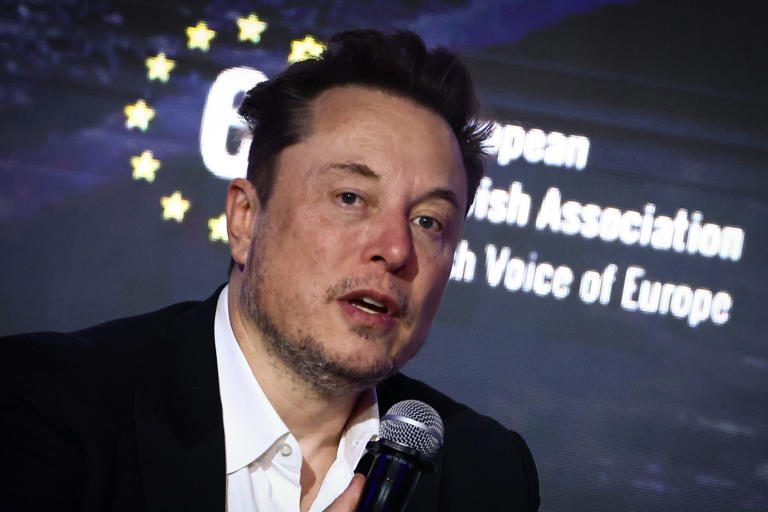Martin Viecha, who served as Tesla’s vice president of investor relations for seven years, recently announced his departure from the electric car company. His exit comes amid a series of high-profile departures from Tesla, including senior vice president Drew Baglino, responsible for engineering and technology development for batteries, and Rohan Patel, the vice president of public policy and business development.
Viecha’s decision to leave Tesla was disclosed during the company’s first-quarter earnings call, a critical event following a challenging quarter for Tesla. During the call, CEO Elon Musk adopted a more measured tone to reassure investors about the company’s future direction. Viecha confirmed his retirement through posts on X and LinkedIn, expressing gratitude for the opportunity to work at Tesla for nearly seven years and citing a desire to take a break and spend time with his family.
While Tesla’s earnings call provided a boost to investor confidence, Viecha’s departure raised concerns among some stakeholders. Viecha was known for his strong relationships with Tesla’s investors, who valued his presence amid uncertainties surrounding Musk’s behavior and the company’s performance.
Tesla’s recent executive departures have prompted scrutiny from analysts and investors alike. Although some analysts, such as Dan Ives of Wedbush, acknowledged Musk’s performance during the earnings call, others, like Ross Gerber of Gerber Kawasaki Wealth & Investment Management, cautioned against overlooking the significance of Viecha’s resignation. Gerber emphasized Viecha’s crucial role as the bridge between Tesla’s management and its shareholders, expressing concern over the departure of seasoned executives during a pivotal phase in Tesla’s development.
Despite alignment with Musk’s long-term vision for Tesla, concerns persist about the company’s ability to address key challenges, including demand for its vehicles. Gerber stressed the importance of bridging the gap between Musk’s ambitious goals and the operational realities facing the company, emphasizing the need for stronger execution.
As Tesla navigates this period of transition, the departure of key executives underscores the challenges it faces and raises questions about its ability to sustain growth and effectively address investor concerns in the future.
